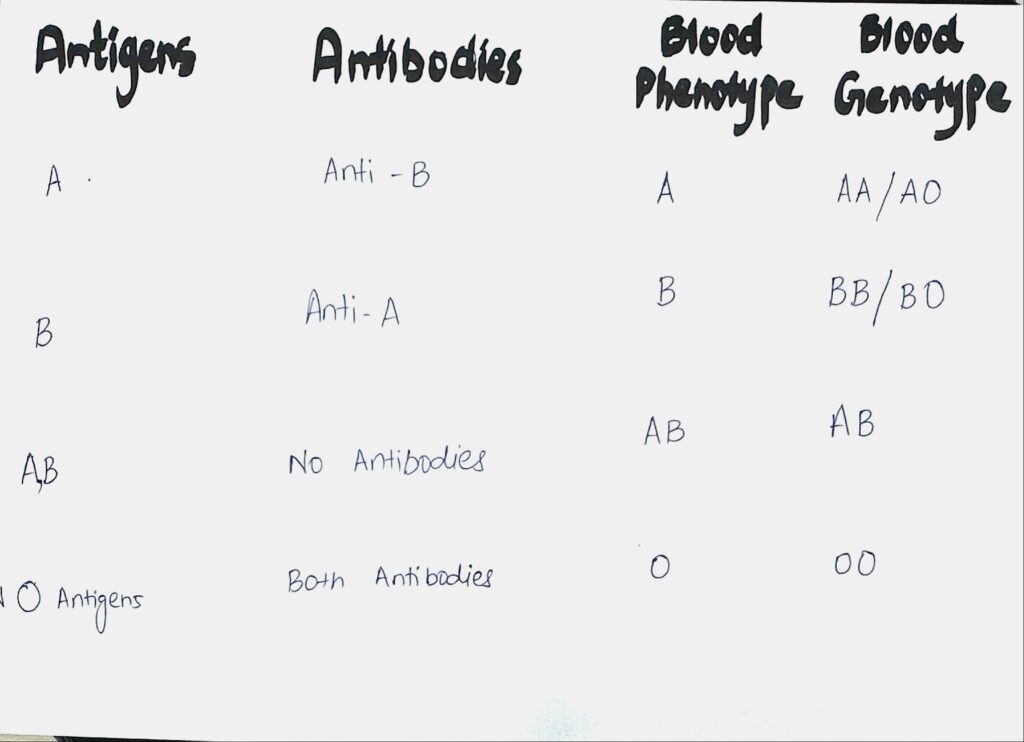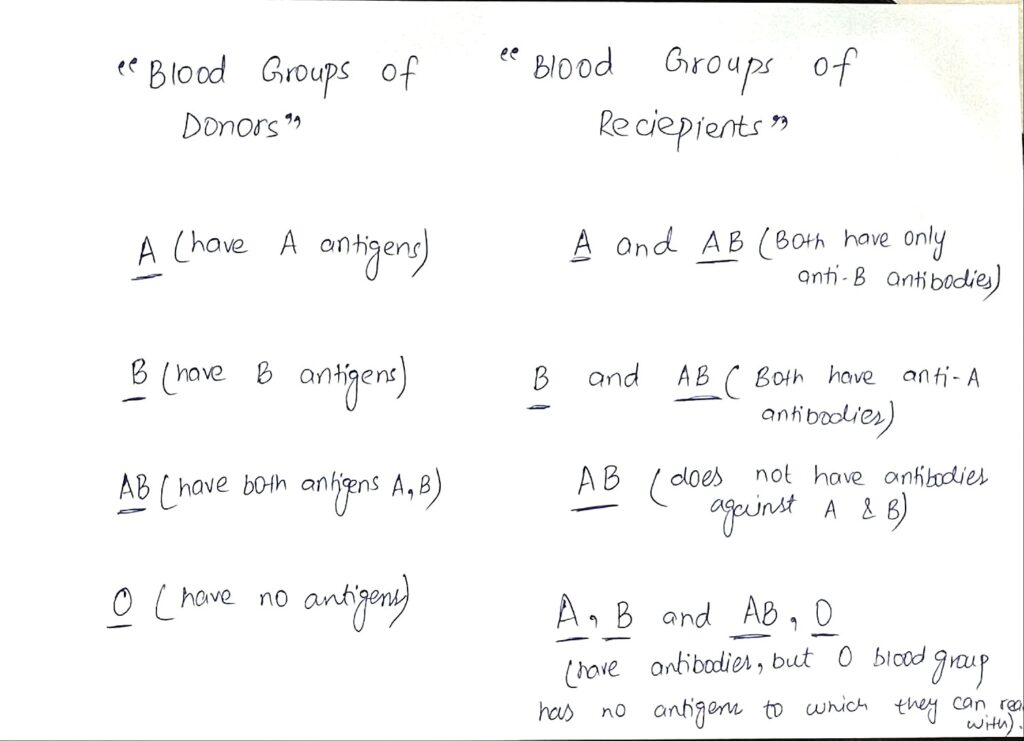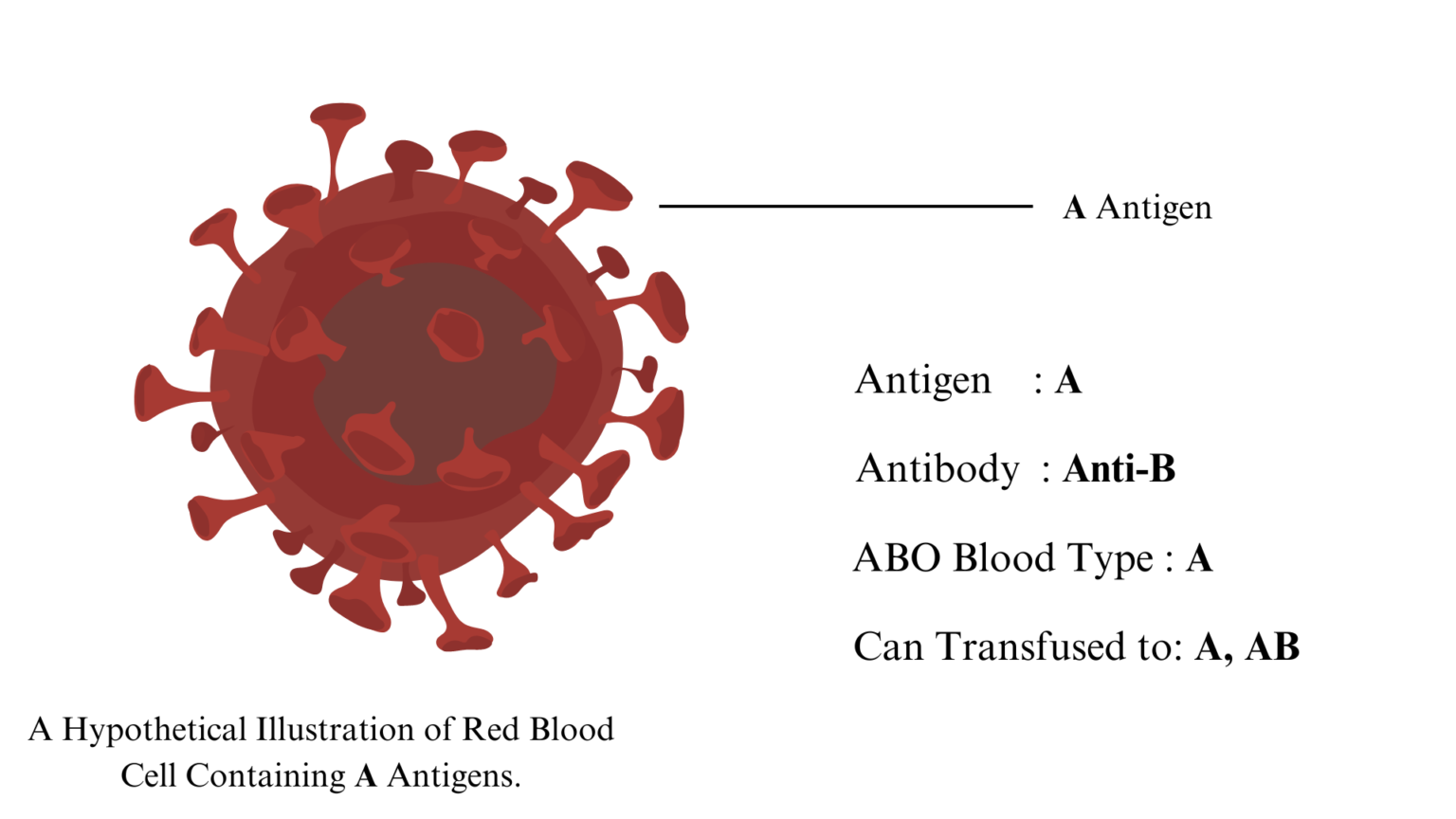Overall, there are a lot of blood group systems that identify a red blood cell by its antigenic system. In this blog, we will have a very simple discussion about what are blood groups. Why are there so many and why their discussion is essential? Moreover, we will see the concept of an antigen, an antibody, and basic transfusion principles (like which blood group can be transfused to which blood group) in not a much complex manner. First of all, we would take things step by step, otherwise, it would become a heap of nothing consumable.
So far the number of blood group systems, more than 30 blood group systems have been identified.
There are currently 45 recognized blood group systems containing 362 red cell antigens (November 2023). The 45 systems are genetically determined by 50 genes.
International Society of Blood Transfusion (ISBT)
The most significant and routine blood group system is the ABO blood group system, containing A, B, and O antigens. The other common blood group system whose antigen is present in almost the majority of the population, is the Rh Blood Group System. ABO and Rh blood group systems are such blood group systems which every layman knows of. Every 3rd world country or population that is not so technologically advanced even sets its transfusion principles on these 2 major blood group systems. Speaking of major blood group systems, all the blood groups are divided into two main types; major and minor. ABO blood group system is the only major blood group system, while all other blood group systems are taken under the minor type. Some examples of minor blood group systems are Rh, Kell, Kidd, Duffy, MN, Lewis, Pi, Diego, Lutheran, etc.
Understanding Antigens in ABO Blood Group System
The antigen is just an identification mark on the red blood cell that is not so temporary. Antigens are proteins (more specifically, glycoproteins) that are present on RBC surfaces. An antigen is the permanent or the long-term staying protein on the RBC surface that defines its characteristics and makes the red blood cells identifiable. Taking the ABO blood group system into consideration, if a red blood cell has an antigen A, it would be A blood type. Similarly, if the RBC has an antigen B, it would be B blood type. If the RBC has none of the A or B antigen, it would be O blood type (no antigen present). If it has both antigens present, then it would be AB blood type that is codominant in relation. These are the most simple definitions of the ABO blood group types.
The fact the antigens are named A and B is just to give them short names or identification names of the specific proteins. The A and B genes in the DNA of a person encode enzymes that bring about corresponding proteins on the RBC surface. For example, A gene encodes an enzyme that adds N-acetyl galactosamine protein to the RBC membrane. B gene encodes an enzyme that adds a different protein on the RBC surface; D-galactose. The deposition of these proteins on the red blood cell on their H antigens makes them specific in the ABO blood group system. All proteins indirectly attach to the H -antigen, which acts as a base for the deposition of these proteins. In some rare cases, the H-antigen is absent in the body; Bombay phenotype.
You may also find it interesting: Erythropoietin Stimulating Agents Can Prevent The Progression of Severe Anemia
Understanding Antibodies in ABO Blood Group System
Antibodies are the counter molecules of antigens. The body naturally makes antibodies against those antigens which are not present in the body. When such an unknown antigen enters the body in the incompatible blood transfusion, the body plasma already has antibodies against that antigen, which initiate hemolysis and agglutination.
Antibodies are also proteins like antigens. All immune principles and reactions depend upon antigen-antibody reactions. Antibodies have structures that combine antigens with them and cause agglutination. Hemolysis occurs when antibodies get attached to the RBC surfaces which contain unknown antigens. By attaching to RBC surfaces, they trigger cell membrane breakdown and rupture RBCs (hemolysis), releasing their hemoglobin.
Types of Antibodies
Types of antibodies are an important classroom lecture to consider. Antibodies are of 5 types; IgA, IgD, IgE, IgG, and IgM. In ABO and Rh blood group systems, IgG and IgM are significant. Most antibodies in the ABO blood group system are IgM-type antibodies, and some of them are also IgG.
While IgG is the major antibody type of the Rh blood group system. Identification of IgG antibodies is not as simple as IgM because of their agglutinating properties. IgM and IgG have striking differences in their structures, functions, sensitization, agglutination, reaction specificities, crossing placental barriers, complications, etc. These details cannot be covered in this blog, as we aim to keep this blog very basic and simple. These topics will be covered in another blog.
But, one should know the very basic difference between them is that IgM antibodies are naturally occurring (theoretically), but the body only makes IgG antibodies after the corresponding antigen exposure. That’s why Rh incompatibility results during pregnancy in erythroblastosis fetalis.
Basic Transfusion Principles
Besides explaining the whole theory in writing, it is more comprehensible to let readers understand it through a table. The following table explains the transfusion principles in detail.


The Blood groups O and AB are universal donors and recipients respectively. As the O blood group does not contain any antigen but both anti-A and anti-B antibodies, it can be transfused to any blood type because of no antigen. But the O blood group recipient can receive only 0 Blood type as it has both antibodies (anti-A and anti-B).
By keeping it simple, remember that rule;
When we give blood we look for antigens in the donors and antibodies in the recipients. As the recipient antibodies will agglutinate or hemolyze the RBCs that have unknown antigens which the recipient body does not have.
Author
Rh blood group system has D antigen, as the most prevalent one. The combination of ABO and Rh blood group systems are widely accepted and practical blood group systems. Rh blood system merging into the above tables of ABO blood group system can make things complex for the beginners. There will be another blog on Rh blood group system whose incompatible reactions are more severe than ABO blood group systems. the dominating reason for more complication issues of Rh blood group system is the nature of its antibodies; IgG. IgG antibodies cam cross placenta during pregnancy and may lead to miscarriage or the hemolytic disease of the newborn (HDN).




